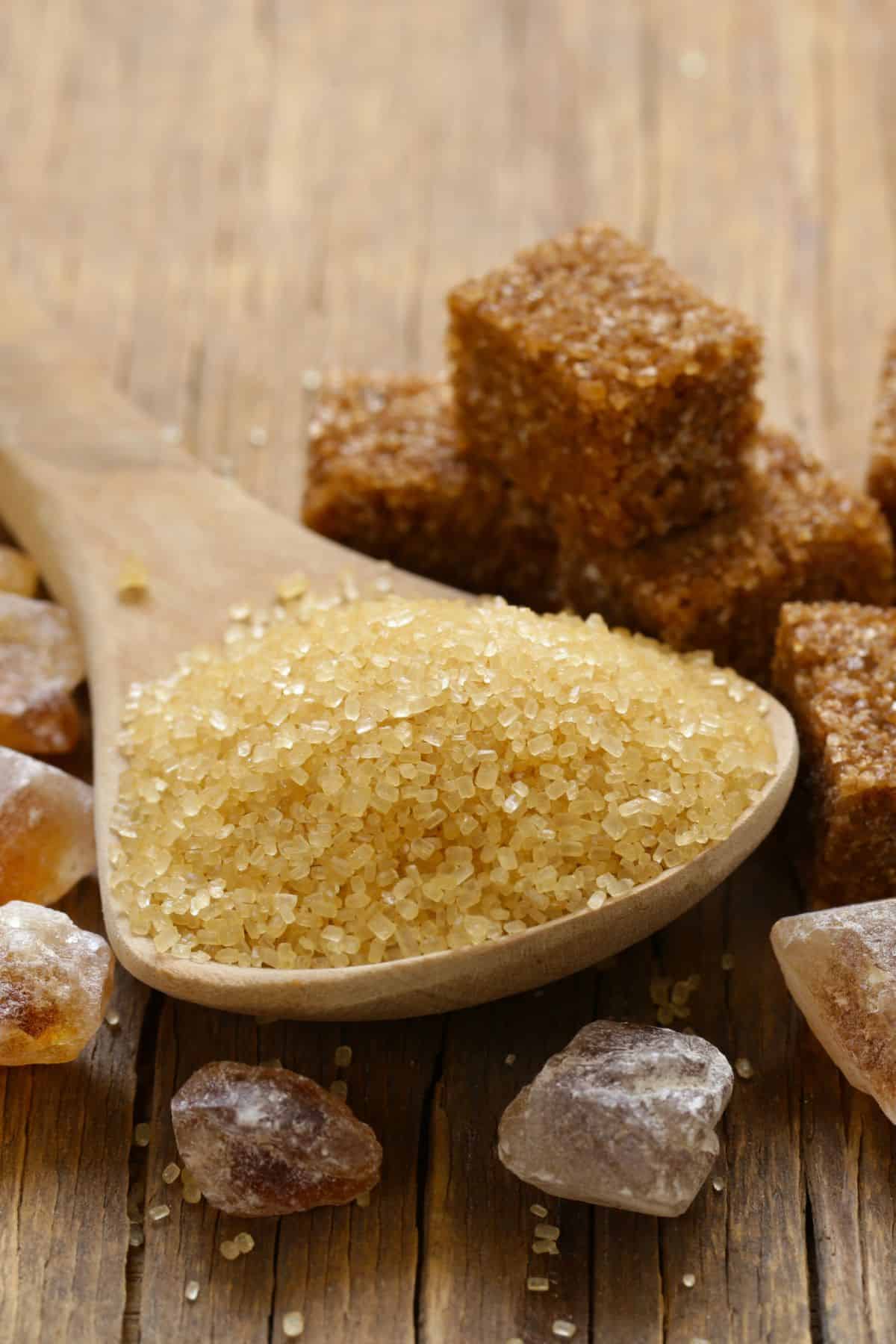Why Sugar and Cane Are Key Ingredients in Many Popular Beverages
Why Sugar and Cane Are Key Ingredients in Many Popular Beverages
Blog Article
Exactly How Cane Sugar Handling Chemicals Improve Sugar Top Quality and Return
The function of processing chemicals in cane sugar manufacturing is pivotal, as they straight affect both the quality and yield of the final item. The consolidation of turned on carbon and enzymes serves to enhance the malfunction of complex sugars, eventually leading to a purer and higher-quality sugar.
Introduction of Cane Sugar Handling
Cane sugar processing includes a series of important actions that change raw sugarcane into polished sugar products. The procedure starts with harvesting, where fully grown sugarcane stalks are cut and carried to processing centers. Upon arrival, the walking cane goes through washing to eliminate impurities such as soil and plant materials.
Following cleaning, the walking cane is crushed to remove the juice, which consists of sucrose - sugar and cane. This juice undergoes information, where lime and warmth are used to get rid of continuing to be pollutants and non-sugar components. The made clear juice is then vaporized to concentrate the sugar material, bring about the development of thick syrup
Following, the syrup is crystallized through a regulated cooling procedure, resulting in sugar crystals. To attain polished sugar, additional filtration actions are applied, including washing, re-crystallization, and drying.
The end product is either packaged as raw sugar or better processed into white sugar, dealing with various customer and industrial needs. This detailed collection of actions ensures the production of top notch sugar, essential for various applications in food and beverage industries.
Key Processing Chemicals Utilized
The production of polished cane sugar counts on various processing chemicals that play considerable duties at various phases. This action is vital for improving the overall top quality of the drawn out juice.
Phosphoric acid serves a dual objective; it improves the explanation procedure and helps in the removal of color-forming compounds, adding to a higher purity of the end product. In addition, sulfur dioxide works as a whitening representative, permitting the efficient removal of unwanted pigments and improving the color of the sugar.
Other significant chemicals include turned on carbon, which is used for further decolorization, and enzymes that facilitate the malfunction of complex sugars into easier kinds, hence boosting yield. The careful selection and application of these processing chemicals are essential for optimizing the effectiveness of sugar removal and refining procedures, eventually bring about a more consistent and higher quality sugar product.

Influence On Sugar Quality
How do handling chemicals affect the quality of refined sugar? The introduction of numerous chemicals in the cane sugar processing phase significantly enhances the pureness and overall high quality of the last product. Secret agents, such as phosphoric acid and calcium hydroxide, help with the clarification procedure, efficiently eliminating pollutants and colorants that can negatively impact sugar's look and preference. By neutralizing unwanted parts, these chemicals assist accomplish a greater level of decolorization, resulting in a more aesthetically enticing and marketable item.
Moreover, making use of activated carbon and ion-exchange materials throughout the refining process plays an important role in getting rid of off-flavors and undesirable smells, adding to the sugar's sensory account. This refinement not only raises the visual and organoleptic high qualities yet likewise boosts the rack life by minimizing microbial task related to contaminations.
Furthermore, the specific application of these chemicals guarantees that the sugar shows a regular grain size and flowability, which are vital qualities for both industrial applications and consumer preferences. Generally, the tactical use of processing chemicals is fundamental in attaining top notch refined sugar that fulfills industry standards and consumer assumptions.

Enhancing Return Effectiveness
Enhancing return efficiency in walking stick sugar processing entails enhancing numerous phases of manufacturing to take full advantage of the quantity of sugar drawn out from raw cane. One important aspect is the choice and application of suitable handling chemicals, which can assist in the malfunction of cell walls and improve sugar launch during extraction. Chemicals such as acids and enzymes play a crucial function in this process by hydrolyzing polysaccharides and liquifying impurities, therefore enhancing the overall extraction efficiency.

Regular monitoring and change of handling criteria are vital to preserve effectiveness throughout production (sugar and cane). By utilizing these approaches, sugar producers can not only increase the quantity of sugar acquired but likewise lower waste and lower production prices, adding to a much more sustainable and lucrative sugar handling operation
Benefits for Manufacturers and Consumers
Walking stick sugar processing chemicals provide significant advantages for both customers and manufacturers, developing an extra efficient and lasting market. For producers, these chemicals enhance extraction procedures, resulting in greater returns and boosted sugar high quality. By enhancing the purification and crystallization stages, they decrease waste and boost general productivity, which can dramatically decrease manufacturing expenses. This efficiency permits manufacturers to stay affordable in a global market characterized by rising and fall rates and demand.
The improved high quality of sugar translates to better preference and uniformity in food items. Furthermore, the usage of handling chemicals can lead to an extra steady supply of sugar, mitigating shortages and price spikes that can take place due to environmental elements or market fluctuations.
Conclusion

The function of processing chemicals in cane sugar manufacturing is crucial, as they straight affect both the top quality and return of the last product (sugar and cane). The unification of turned on carbon and enzymes offers to enhance the malfunction of intricate sugars, ultimately leading to a purer and higher-quality sugar.Walking stick sugar handling entails a series of vital steps that transform raw sugarcane right into polished sugar items.Enhancing yield performance in walking stick sugar processing involves maximizing numerous stages of production to optimize the amount of sugar extracted from raw walking cane.Walking stick sugar processing chemicals play an essential role in enhancing both sugar check out this site quality and yield
Report this page